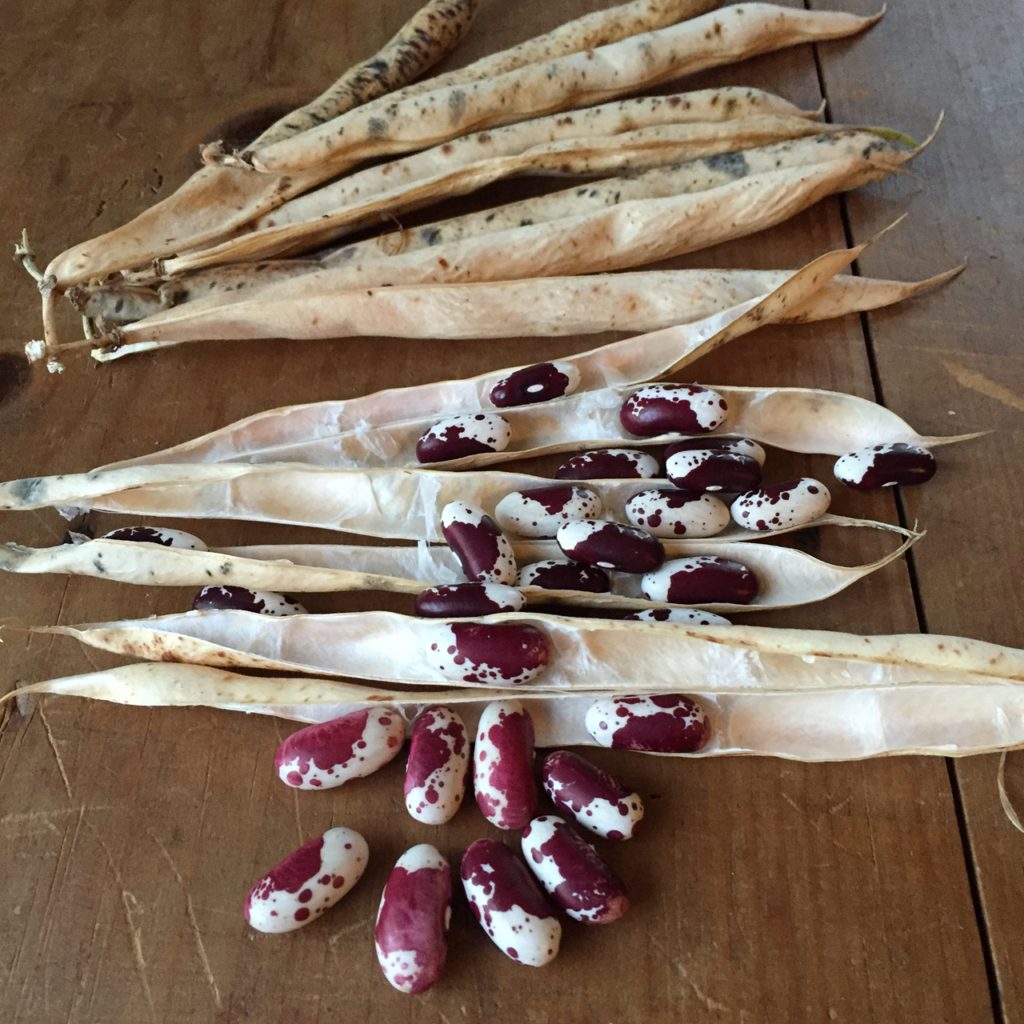
Your Ultimate Seed Saving Compendium
In the last half of the 20th century, the Long Island Cheese Pumpkin nearly disappeared. Where once it had been a farm stand staple, it was now nowhere to be found. One Long Island resident found the squash's absence conspicuous and took matters into his own hands–by saving seeds. Thanks to the efforts he began, the Long Island Cheese Pumpkin is once again one of the most popular winter squash varieties. You can read the full story here.
The special story of that squash inspires us, but we didn't need it to be convinced of the merits of seed saving–it's our passion, our seedy raspberry jam, if you will. Since we're so stoked about seed saving, we've written oodles about it over the years, building up a vast root cellar of knowledge. Late summer to early fall is a great time to start thinking about how to preserve the precious garden currency you've cultivated, we've compiled a list of our best seed saving topics and tools.
The Basics
 Seed's Eye View: The whats, whens, whys, and hows of seed saving. Whether or not this is your first garden rodeo, this guide is the place to go.
Seed's Eye View: The whats, whens, whys, and hows of seed saving. Whether or not this is your first garden rodeo, this guide is the place to go.
Ten seeds to save yourself this season: You don’t need a science degree to save your own seeds and start a personal seed library. Pick a few beginner seed-saving varieties from this list.
How Long Do Seeds Last? Saved your seeds and want to keep them saved? They'll stay good for an average of ten years, but there are plenty of exceptions. This article lays them out.
The Breakdown
 How To Collect Seeds From Dry-Seeded Crops. Seeds that are harvested when dry on the plant (as opposed to wet seeds in fruits like tomatoes and cukes) are some of the first to collect. This is a great primer on the basic steps of seed saving as it relates to dry-seeded crops.
How To Collect Seeds From Dry-Seeded Crops. Seeds that are harvested when dry on the plant (as opposed to wet seeds in fruits like tomatoes and cukes) are some of the first to collect. This is a great primer on the basic steps of seed saving as it relates to dry-seeded crops.
How To Collect Seeds From Fruit Seed Crops. For later in the season when your baskets overflow with fruiting vegetables, this post covers the basics of wet processing–seeds that need to be fermented in water for a while in order to separate the seed from the flesh of the fruit surrounding it.
Saving Seeds From Biennial Crops. Take your seed saving skills to the next level by learning how to save seeds from biennial crops, such as beets, carrots, chard, kale, parsley, parsnips, and turnips.
The Specifics
 Zinnias: Zinnias are such a beauty to behold, who wouldn't want to save them for a second year? Turns out it's pretty easy to do.
Zinnias: Zinnias are such a beauty to behold, who wouldn't want to save them for a second year? Turns out it's pretty easy to do.
Tomatoes: Read this guide to the wet processing technique for collecting tomato seeds.
Squash: The process for saving squash seeds is an extra seedy affair. You first need to know how to hand-pollinate them before you can ensure viable seeds for future seasons.
The Secrets
 Seeds And Salsa: The joy of seed saving is also in the creative and culinary expression you can combine with it. Read about how to preserve your garden seeds and also make a meal in this fun article.
Seeds And Salsa: The joy of seed saving is also in the creative and culinary expression you can combine with it. Read about how to preserve your garden seeds and also make a meal in this fun article.
Letting Some Seeds Save Themselves: Seed saving isn’t always a difficult process--in fact, sometimes the best technique is to let nature take its course.
How To Harvest And Store Vegetables For Winter: Save a step and combine seed storage and winter veggie storage.
The Gear
 We would be remiss not to get you started with the equipment you'll need to save seeds yourself. Our books, tools, and kits are perfect for at-home seed collection.
We would be remiss not to get you started with the equipment you'll need to save seeds yourself. Our books, tools, and kits are perfect for at-home seed collection.
We're so excited that you're taking part in the noble art of preserving genetic material for future generations of gardeners. Happy seed saving!






